Introduction: The Bright Future Awaits
In the dark, there is always light waiting to shine. Unknown. This poignant saying captures the essence of our exploration into quantum bioluminescence, where the darkness we face could soon be illuminated by humans themselves. Imagine a world where bioluminescent humans bask in the glow of their unique, radiant light, a phenomenon once relegated to the pages of sci-fi novels by thinkers like Carl Sagan, the vivid imagination of Octavia Butler, and the visionary ideas of Brian Greene. Each of these luminaries has ignited discussions about the intersection of science, ethics, and the future of humanity. But let’s ponder this: Could we really be on the brink of becoming glowing beings? Is it possible we could just have to ditch the flashlight for that midnight snack trip? What are the implications of humans emitting our light?
Quantum bioluminescence stands at the crossroads of nature and technology, merging biology’s fantastic elements—think of fireflies, deep-sea jellyfish, and glowing fungi—with cutting-edge genetic engineering. This is not just a fantasy from a movie. It's a possible reality created through the meticulous art of genetic manipulation, promising not just aesthetic wonders but also enhancing safety in our dimly lit world. If you've ever stumbled in the dark, you might get what I mean! So, as we delve deep into this glowing subject, hold onto your hats because it’s going to get bright!
1. The Science of Bioluminescence
1.1 Natural Examples of Bioluminescence
Bioluminescence is an enchanting natural occurrence seen in various organisms. Take the firefly, for example: the gentle glow it produces is more than a romantic gesture; it’s a biological signal. Similarly, creatures of the deep like the anglerfish, with their eerie lights, lure unsuspecting prey, proving that light can be both beautiful and terrifying. And then there’s a glowing fungus, or *Mycena chlorophos*, known to light up the forest floor while you wonder if a tiny elf is holding a moth in a lantern. The common thread? All these organisms create light through complex chemical reactions involving *luciferin*, *luciferase*, and oxygen, showcasing nature’s brilliance.
1.2 Quantum Biology Fundamentals
What about quantum biology? This field explores the peculiar and mind-boggling principles of quantum mechanics at the biological level. At a basic level, when certain molecules undergo transformations, they can transfer energy and emit light. Imagine hitting the right note on a piano that sets off a chain reaction of sweet sounds—it’s similar here, but with light instead. The energy transfer that takes place on a quantum scale is intricate and not fully understood, yet it holds the key to unlocking the secrets of creating bioluminescence in humans. Blending this quantum phenomena with our genetic material could potentially lead to astonishing results—like replacing the cringe of a scared yell when the lights go out with the comfort of glowing friends!
2. Genetic Engineering: The Pathway to Glowing Humans
2.1 Techniques in Genetic Modification
To make humans glow like a firefly at a summer picnic, scientists can use a tool called CRISPR-Cas9. This nifty piece of technology allows researchers to edit specific genes in an organism's DNA. It’s like using a word processor to fix a misspelled word in a document – but instead of changing words, we're changing traits. For our glowing humans, scientists could insert bioluminescent genes from creatures like jellyfish or glowworms, enabling our cells to produce their unique light. Fancy, right? Other methods, like gene therapy, may also come into play to ensure a safe and effective introduction of bioluminescence into our genes.
2.2 Ethical Implications of Genetic Modification
With great power comes great responsibility! When we talk about changing the human genome to produce light, we also open the door to some heavy conversations about ethics. For instance, who gets to decide who becomes a glowing human? What if someone wants to glow blue, but their parents wanted a classy green? These are the kinds of questions that scientists and ethicists, working together like Batman and Robin, must answer. Consent is key here; would future generations approve of these modifications, or would they feel like we were playing God? It’s important to tread carefully as we explore the glowing path ahead!
3. Practical Applications of Glowing Humans
3.1 Enhancing Safety in Public Spaces
Imagine walking down a dimly lit street, and instead of your trusty flashlight, you have a glowing friend next to you! Bioluminescent humans could significantly enhance safety in public spaces. Think about urban environments where nighttime accidents happen too often; glowing individuals can light up the area, making it easier for everyone to see where they’re going. And let's not forget about emergency situations! If someone is lost in the woods, a glowing person could guide them back to safety, like a walking, talking beacon of hope. All in all, glowing humans could provide a new level of safety, ensuring we can see and be seen, even under the darkest of skies.
3.2 Aesthetic and Artistic Expressions
Now, let’s get artsy! Glowing humans could revolutionize art and fashion in a way that would turn heads—literally. Picture a fashion show where models strut down the runway, radiating captivating colors and patterns that change with their movements. This dazzling spectacle could redefine clothing and performance art. Imagine concerts where band members glow to the rhythm of their music or theatrical performances that illuminate emotions, blurring the line between reality and fantasy. Bioluminescent humans would not just be fashion statements; they'd be a celebration of creativity, transforming the way we experience art and express ourselves. Who wouldn't want to attend a concert featuring light-up musicians? They might even make glow-in-the-dark clothing look downright bland in comparison!
4. Public Perception and Cultural Impact
4.1 Societal Acceptance of Glowing Humans
When you introduce something so extraordinary as glowing humans, you can expect a variety of reactions. Some people may be excited, dreaming of a future where we can express ourselves in delightful new ways. Others may face fear or skepticism; after all, the idea of changing human beings can spark anxiety about what it means to be “human.” Some potential reactions might include:
- Enthusiasm: Many might embrace the sheer novelty of glowing, enjoying artistic performances and expanded safety in the dark.
- Skepticism: Some may wonder if this technology might have harmful side effects or if it creates “superior” humans.
- Fear: Others may raise concerns about privacy or exploitation, questioning whether glowing humans would inadvertently become targets.
To better understand the public sentiment, it would be beneficial to conduct surveys and focus groups. For example, institutions like Gallup could assist in quantitatively gathering public opinion on these groundbreaking technologies.
4.2 Impact on Identity and Human Experience
The introduction of glowing humans touches on fundamental aspects of identity and human experience. If we were able to change one of our most noticeable traits—how we appear to the world—this could lead to shifts in how we see ourselves and each other. Imagine a world where:
- Expression: People could create unique light colors to reflect their moods or personalities, blurring the lines between biology and personal identity.
- Connection: Bioluminescence might enhance social interactions; a glowing individual could be visually recognized as part of a community, enhancing feelings of belonging.
- Discourse: The existence of glowing humans could lead to discussions surrounding beauty standards, equality, and the human experience in contemporary society.
As this concept gains traction, its implications could guide discussions in different areas from art to ethics. This understanding will be key moving forward, as diverse perspectives unravel the social landscape in this new glow-in-the-dark reality.
5. Future Innovations and Challenges
5.1 Advancements in Biotechnology
The realm of biotechnology is always evolving, and creating glowing humans through quantum bioluminescence could lead to groundbreaking innovations. As scientists further research genetic engineering techniques like CRISPR-Cas9, other potential future advancements could include:
| Innovation | Description |
|---|---|
| Wearable Bioluminescence | Devices that interact with our genes to emit light based on our biological signals. |
| Personalized Glowing Tattoos | Tattoos that glow in response to body heat or movement, enhancing self-expression. |
| Bioluminescent Touch Therapies | Light therapy enhanced by bioluminescence, potentially aiding in healing processes. |
| Sustainable Light-Emitting Clothing | Apparel that incorporates glowing technology, leading to environmentally friendly visibility solutions. |
Each of these innovations could provide societal benefits or enhance creativity, ushering in a brighter future filled with new possibilities.
5.2 Overcoming Technical and Ethical Obstacles
Despite the excitement surrounding glowing humans, significant challenges must be faced. Addressing these obstacles requires rigorous exploration and transparent conversations. Some of the hurdles include:
- Technical Limitations: Scientists need to establish safe and effective approaches for genetic modification. Creating stable bioluminescent expressions without side effects is crucial.
- Ethical Frameworks: Clear ethical guidelines must be developed to address consent, safety, and the potential socio-economic implications of glowing humans.
- Public Awareness: Ramping up public awareness initiatives to educate society about the benefits and risks of these innovations can lead to informed discussions.
By collaboratively tackling these challenges, we can harness the power of bioluminescence while ensuring safety and ethical responsibility remain paramount.
6. AI Solutions: How Would AI Tackle This Issue?
If I were an AI, I would approach the development of glowing humans as follows: My first step would be to conduct extensive data analysis to evaluate the existing research surrounding bioluminescence and genetic modification. I’d utilize machine learning algorithms to process this wealth of information, aiming to predict the outcomes of various genetic modifications.
Next, I would collaborate with geneticists to simulate gene interactions and identify the optimal combinations for achieving safe and effective light emission. It would be crucial to minimize risks associated with genetic modifications to ensure public safety. I could also develop robust models that gauge public sentiment, assessing ethical implications and potential societal reactions, ensuring social acceptance as we progress.
Furthermore, I would implement advanced algorithms to manage vast datasets collected during experimental phases. By monitoring key performance indicators (KPIs) and response metrics, my analysis would guide adjustments in experimentation protocols and even public outreach initiatives.
Moreover, to ensure regulatory compliance, I would engage with ethical bodies and compliance officers, laying out a framework that adheres to the highest standards of human rights and ethical research practices. Collaboration would be pivotal; I could use predictive analytics to not only foresee potential challenges but to also propose mitigation strategies.
6.1 Developing a Research Framework
Establish a clear research framework aligned with ethical guidelines set forth by governing bodies, such as the National Institutes of Health (NIH). This would help facilitate necessary approvals throughout the project.
6.2 Engaging with Public Stakeholders
Create a collaborative platform where scientists, ethicists, and the public can engage in dialogue over the implications of bioluminescence technology. This platform could include town hall meetings, webinars, and public forums, ensuring transparency and inclusivity.
6.3 Technical Development and Experimentation
Commence preclinical studies by utilizing bioinformatics tools to simulate gene interactions. Employ CRISPR-Cas9 technology in controlled environments to monitor bioluminescence onset and its impacts on mammalian physiology.
Action Schedule/Roadmap
Day 1: Assemble a cross-disciplinary core team that includes geneticists, bioengineers, ethicists, and data scientists. Establish initial contact with stakeholders within reputable institutions such as Stanford University and others for foundational support.
Day 2: Conduct brainstorming sessions with the team to outline comprehensive objectives, desired outcomes, and relevant timeline milestones.
Day 3: Initiate a literature review encompassing existing research on bioluminescence and its applications in various organisms. This would help identify knowledge gaps needing investigation.
Week 1: Compile a detailed report assessing both recent breakthroughs in genetic modification technologies and their relevancy in bioluminescence studies.
Week 2: Forge collaborations with top-tier universities like MIT to access cutting-edge technology support and ethical guidance.
Week 3: Pitch proposals seeking funding from scientific grants and private investors, ensuring adequate financial resources for research and development.
Month 1: Initiate in-depth bioinformatics studies on bioluminescent organisms, aiming to simulate gene interactions that encourage effective light emission.
Month 2: Draft and submit Institutional Review Board (IRB) proposals addressing ethical oversight and consent processes. Run educational outreach programs to familiarize the public with the project and its objectives.
Month 3: Start sequencing the genomes of selected bioluminescent species to isolate candidate genes with the potential for integration into the human genome.
Year 1: Conduct controlled experiments on genetically modified organisms to track health changes and bioluminescence onset, with periodic assessments of outcomes.
Year 1.5: Analyze initial results while evaluating public perception through structured surveys conducted during this phase to gauge societal acceptance.
Year 2: Prepare for human trials by conducting large-animal model examinations to evaluate safety and efficacy, while continuously adjusting the research based on feedback from both scientific and public domains.
Conclusion: Illuminating the Path Forward
The ambitious concept of creating glowing humans through quantum bioluminescence fuses the realms of science fiction and remarkable scientific ambition. It's not just about aesthetics; this exploration could redefine our interactions with the world around us while improving safety in our everyday lives. However, creating such a radical vision demands a delicate balance between innovation and ethical considerations. As we anticipate advancements in biotechnology, we must remain vigilant, ensuring the journey into this luminous future is a collective and conscientious one. By placing ethical implications on par with technological advancements, we can light the way for future generations—illuminating not just our faces, but also our understanding of what it truly means to coexist in harmony with the wonders of our universe.
FAQ
Q: What is quantum bioluminescence?
A: Quantum bioluminescence refers to the emission of light by genetically engineered organisms, including humans. This process uses principles from quantum biology, which looks at how tiny molecules interact with energy and light. Essentially, it's a way of getting living beings to glow by altering their genes.
Q: How does bioluminescence work in nature?
A: Bioluminescence occurs naturally in many organisms, like fireflies, certain fungi, and deep-sea creatures. These organisms have special chemicals called luciferins that react with oxygen in the presence of an enzyme called luciferase. This reaction creates light. Scientists study these natural systems to understand how we might replicate them in humans.
Q: Is it safe to modify human genes for bioluminescence?
A: Safety is a big concern when it comes to genetic modifications. Before any human trials, extensive research, testing, and regulatory approvals are needed. Scientists want to ensure that any changes made to genes won’t have harmful side effects. Ethics and safety will be at the forefront of discussions regarding these modifications.
Q: What ethical issues are raised by creating glowing humans?
A: Ethical issues include consent, safety, and potential impacts on society. For instance, how do we get consent from future generations? What if glowing becomes a social standard, leading to discrimination against those who do not glow? Ensuring that these modifications are beneficial and equitable is crucial.
Q: What practical applications could glowing humans have?
Glowing humans could have a variety of practical applications, including:
- Improved Safety: Glowing in low-light conditions could make walking at night safer by increasing visibility.
- Art and Performance: Artists could use glowing human actors to enhance their performances, creating a new form of interactive art.
- Fashion: Designers could create clothing that reacts with the body's glow, leading to revolutionary trends in style.
Q: How would scientists create glowing humans?
Scientists would use techniques like CRISPR-Cas9 to edit human DNA. This tool allows for precise changes to specific genes, potentially introducing the genes that cause bioluminescence in other organisms.
Q: What might society think about glowing humans?
Public perception would likely vary widely. Some people might find the idea exciting and potentially beneficial, while others could be skeptical or fearful of the implications. It's essential to consider the cultural impact and whether it changes how we see ourselves and each other. As this technology develops, open dialogues will help society navigate these challenges.
Q: Are there any organizations studying bioluminescence?
Yes! Many universities and research organizations are involved in studying bioluminescence and genetic engineering. For example, MIT and Stanford University are leading the way in genetic research and might explore bioluminescence as part of their studies.
Q: What are some potential risks of creating glowing humans?
Some potential risks include:
- Health Risks: Unknown impacts on health or development from genetic changes.
- Social Risks: New forms of inequality or stigma associated with glowing and non-glowing individuals.
- Environmental Risks: Possible effects on ecosystems if these genetically modified beings interact with wild populations.
Q: How does this technology align with environmental initiatives?
Creating glowing humans can potentially have positive environmental implications. For instance, glowing humans could reduce reliance on artificial lights in cities, leading to less energy consumption. However, the method used to engineer this feature must be environmentally friendly and sustainable.
Wait! There's more...check out our gripping short story that continues the journey: The Light of Tomorrow
Disclaimer: This article may contain affiliate links. If you click on these links and make a purchase, we may receive a commission at no additional cost to you. Our recommendations and reviews are always independent and objective, aiming to provide you with the best information and resources.
Get Exclusive Stories, Photos, Art & Offers - Subscribe Today!
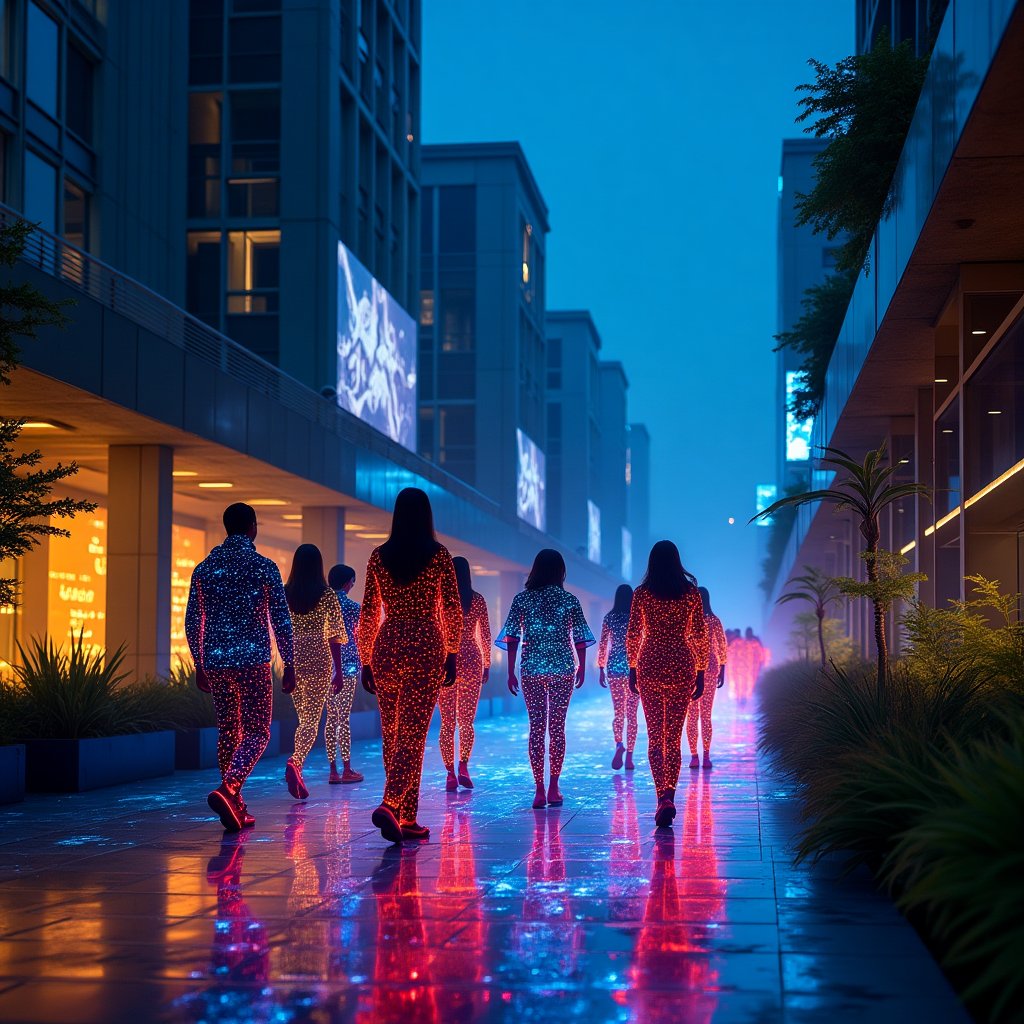
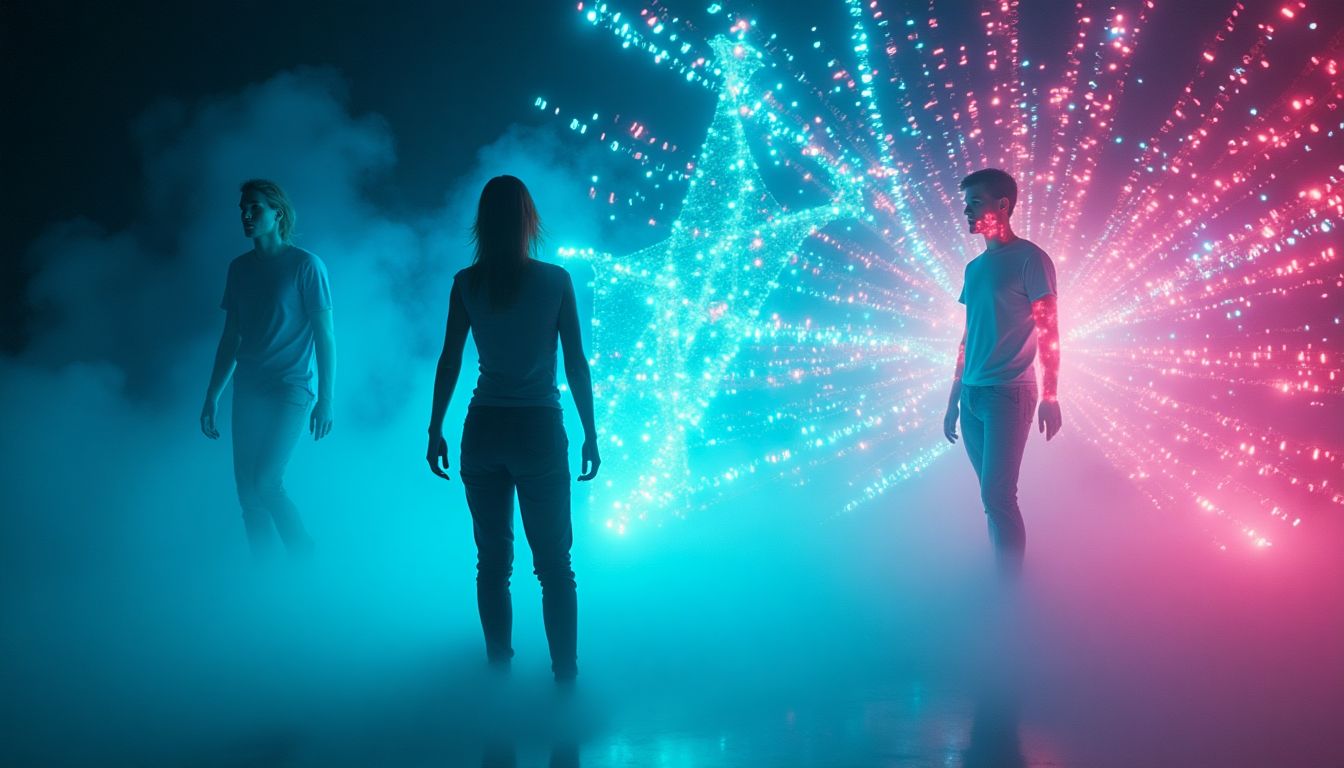
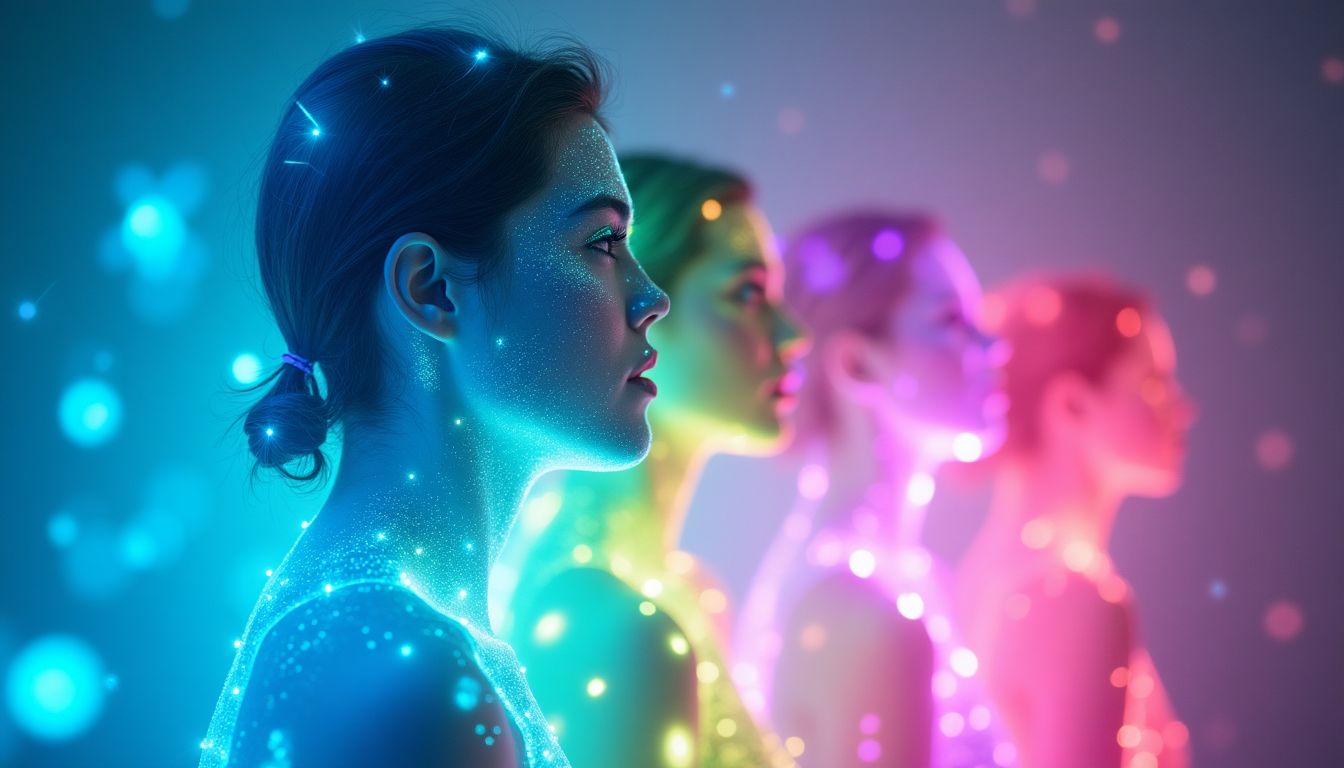

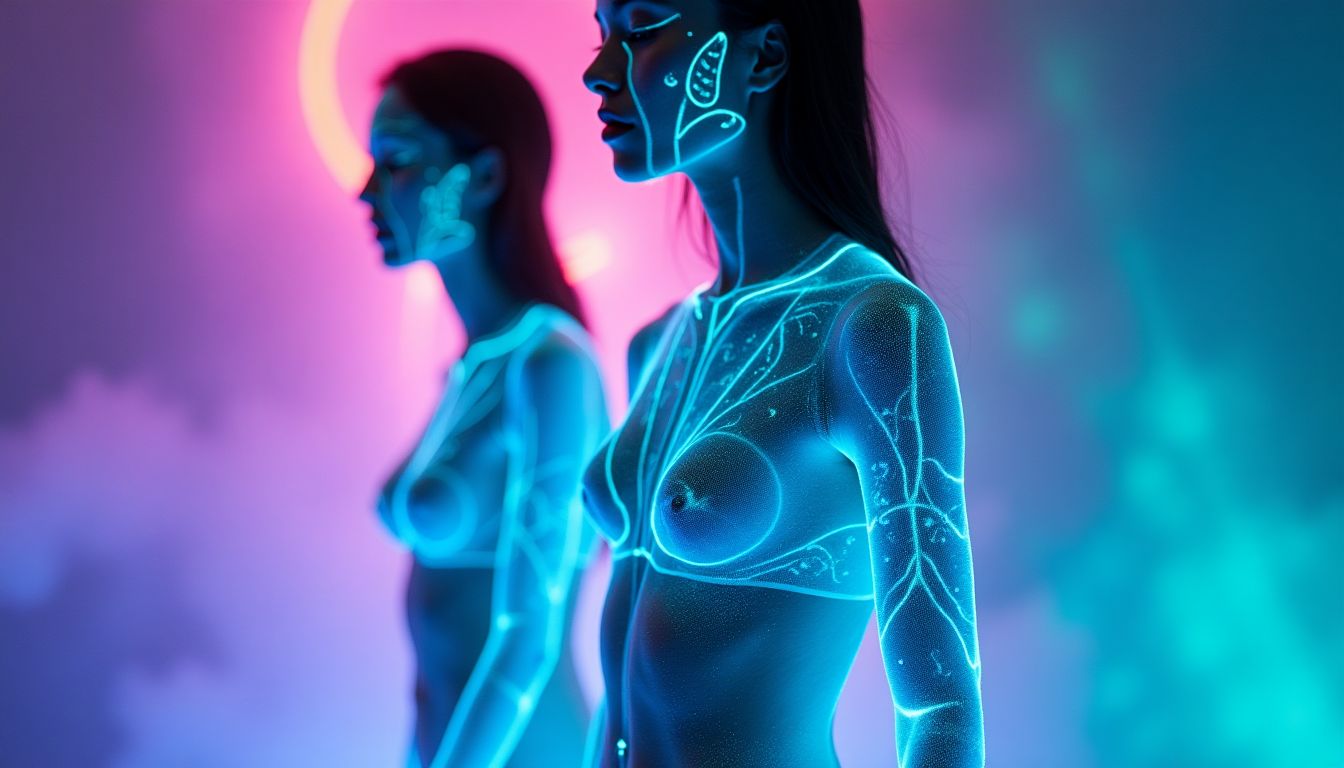




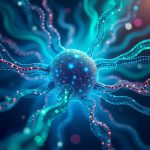



















1 comment